High Quality Stainless Steel CO2 Cylinder for long term usage
Pressurised cylinder
Made with long lasting material and will not corrode
Pressure withstanding capacity
Protection from Accidents
Cylinder Does not Contain CO2
CO2 is arguably the most important element in the planted aquarium. It is required for respiration and growth by all aquatic plants, used in a process called photosynthesis. Plants require a constant supply of CO2 during the light hours, otherwise they suffer. They combine the CO2 with water and light energy to produce oxygen and sugars to enable growth.
In the wild, plants get their CO2 in large quantities naturally from substrate (mud) and degrading plants. However, in a enclosed aquarium, CO2 is very limited. But the tap water used in aquariums do not have this option and supplementing CO2 is a must for planted aquariums. This is why many aquarists have found out that supplementing CO2 really does help their plants grow much better and stronger.
Deciding whether you need CO2 injection or not, or how much you need, depends on the amount of light you are supplying, and the type of plants you wish to grow. However, for a more successful planted aquarium, we always recommend injecting CO2.
In low light aquariums, CO2 might not be necessary. Plants are less stimulated to grow under low light, so extra injected CO2 is not required as there might be enough CO2 supply coming from surface agitation, fish respiration and organic breakdown of dead plant matter. However, adding CO2 in a low light tank will still improve the quality of growth and health of your plants.
In aquariums with medium to high lighting, CO2 injection becomes vital. With more light available to the plants, the quicker they grow. This results in a higher demand for CO2 by the plants. Under medium to high lighting the aquarium becomes CO2 limited. The aquarist must now start adding CO2 to meet the plants demands. If the aquarium remains CO2 limited, your plants will suffer from growth deficiencies, and as a result you will experience algae formations.
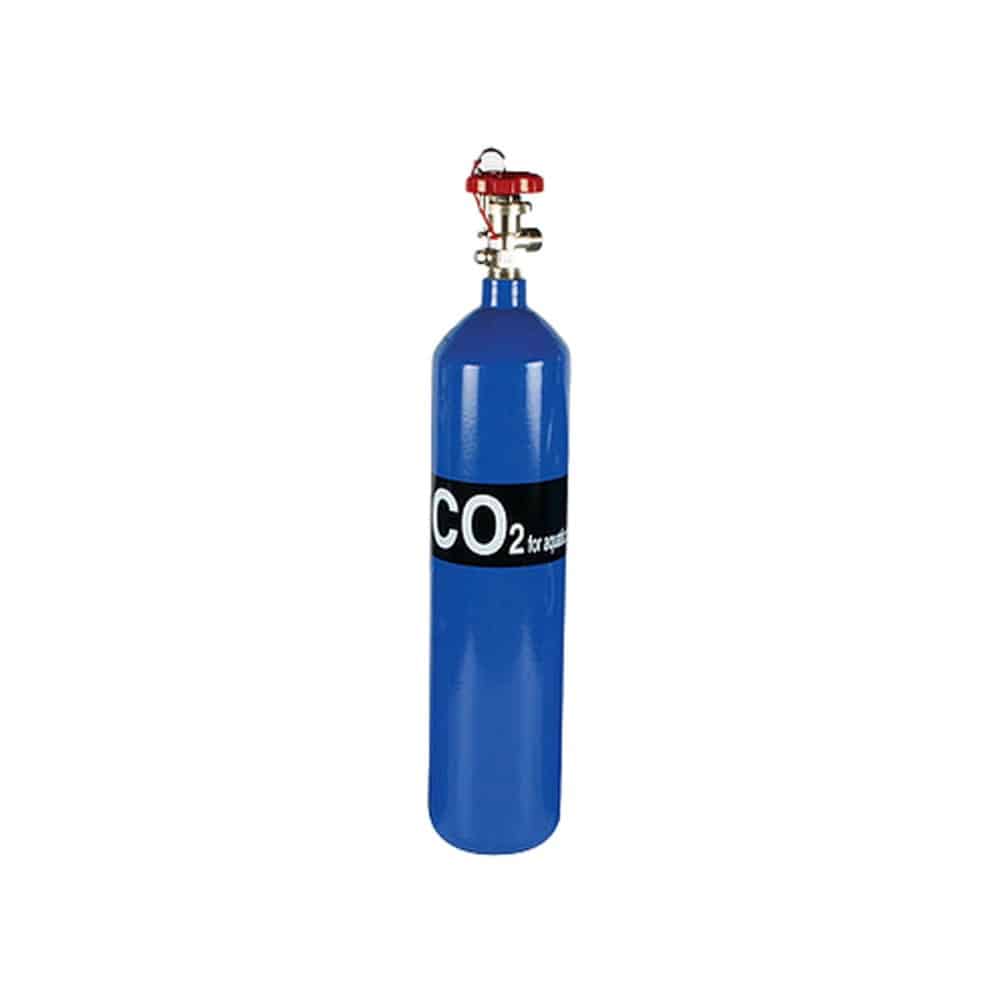
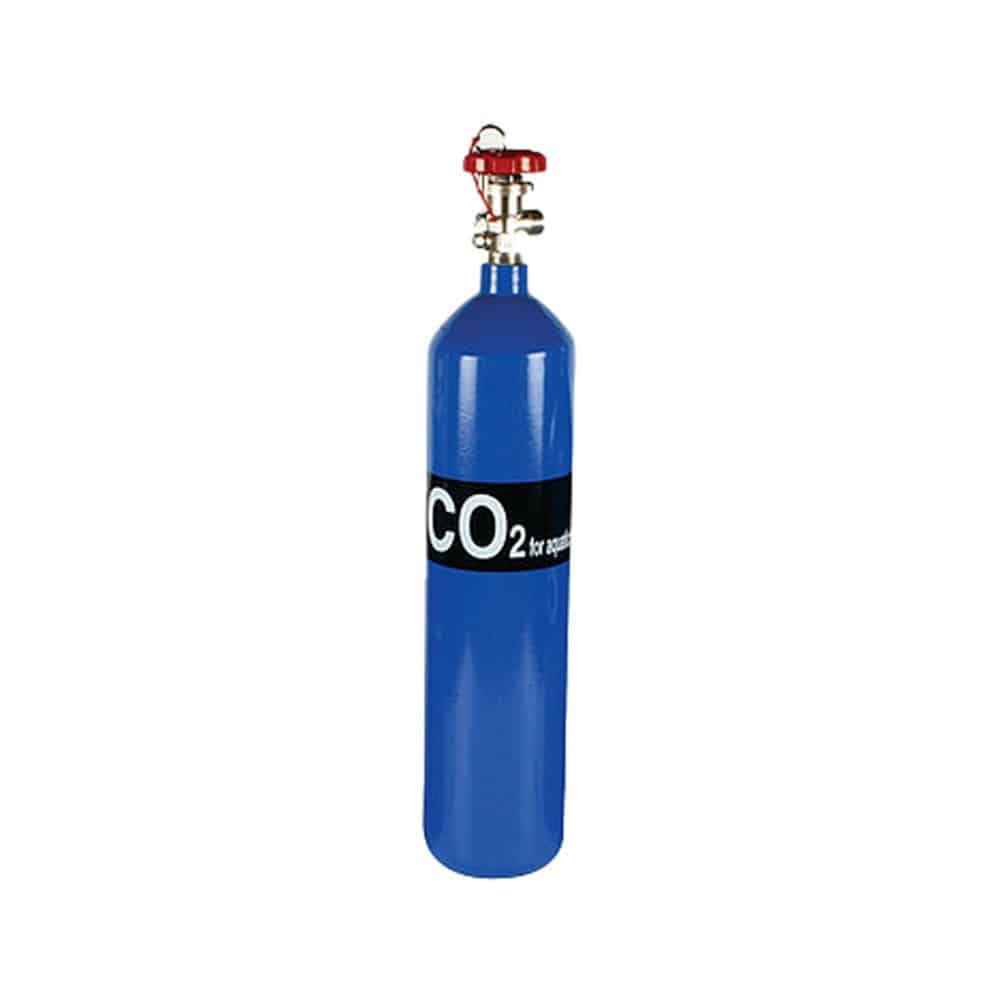

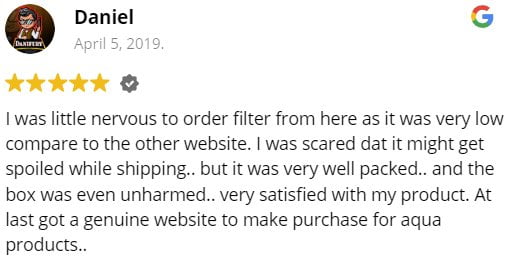
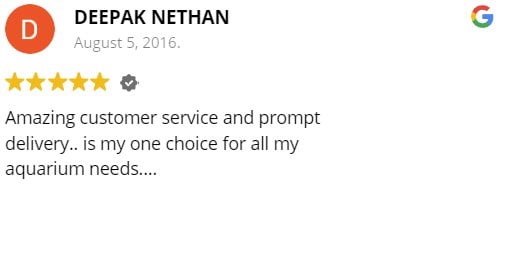


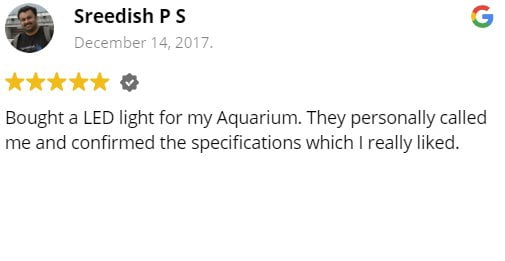

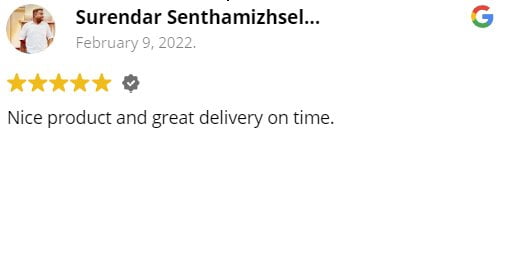
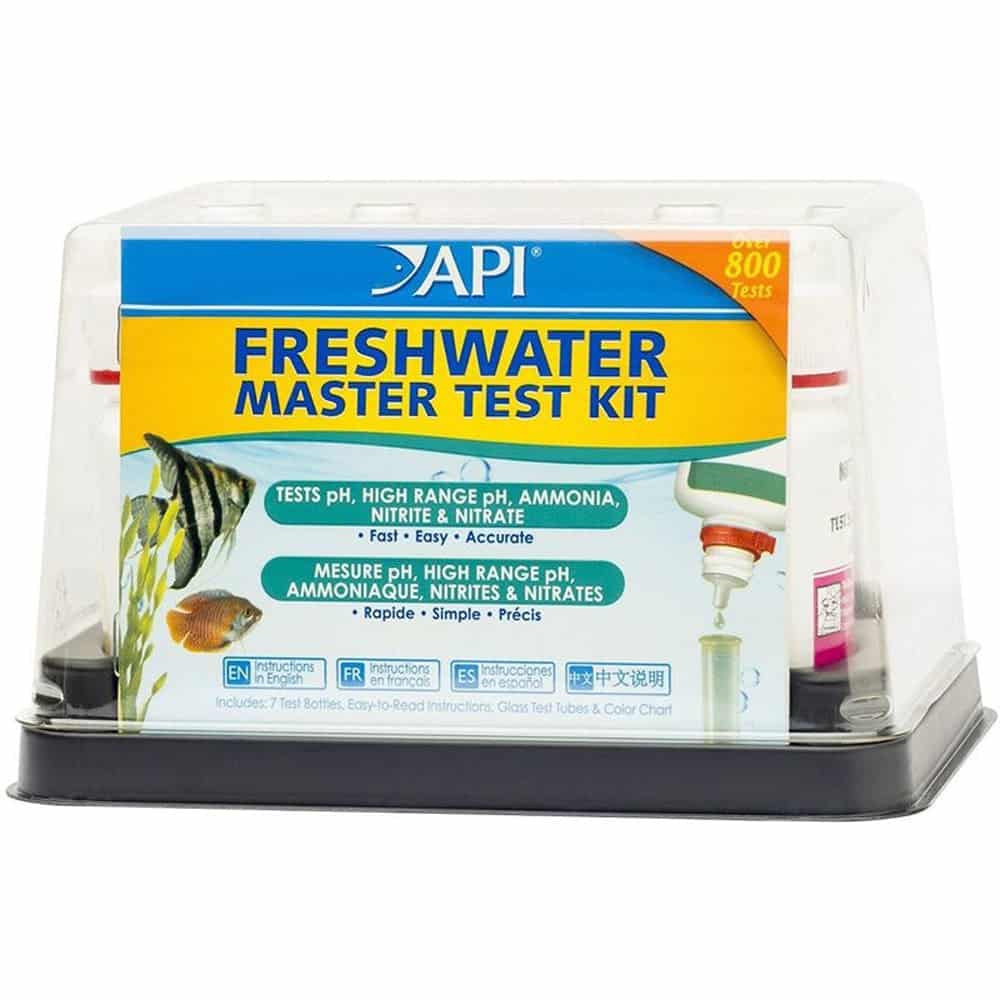
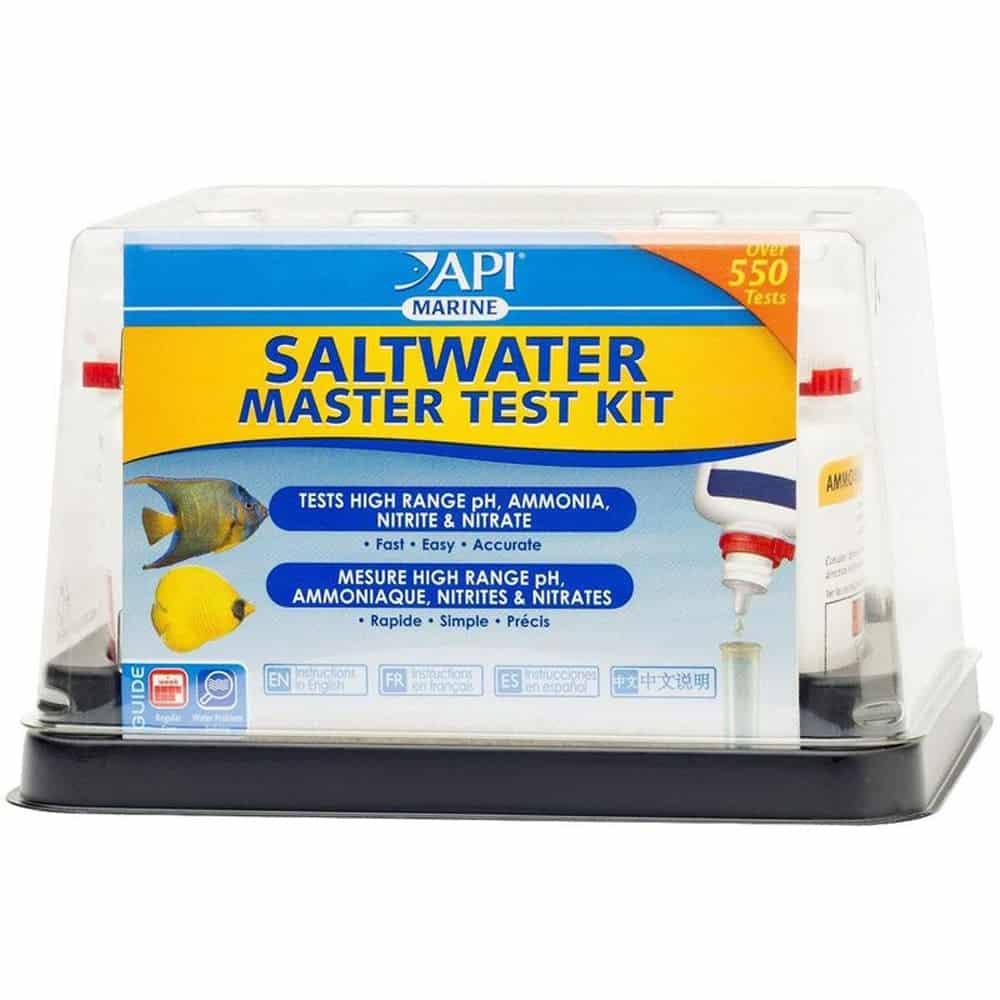
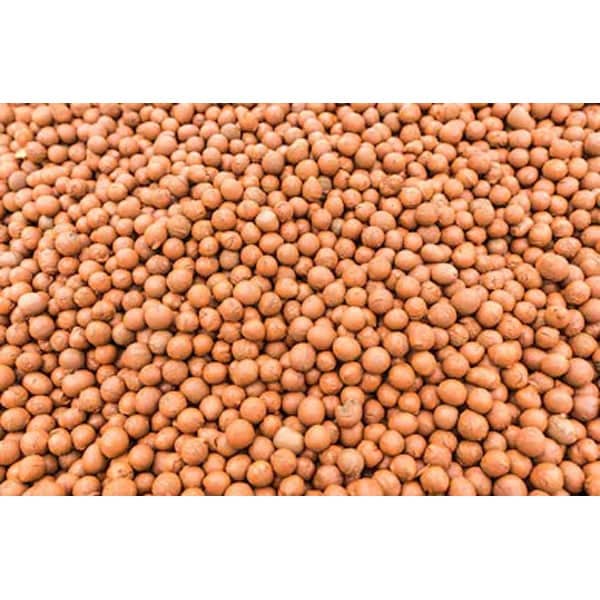

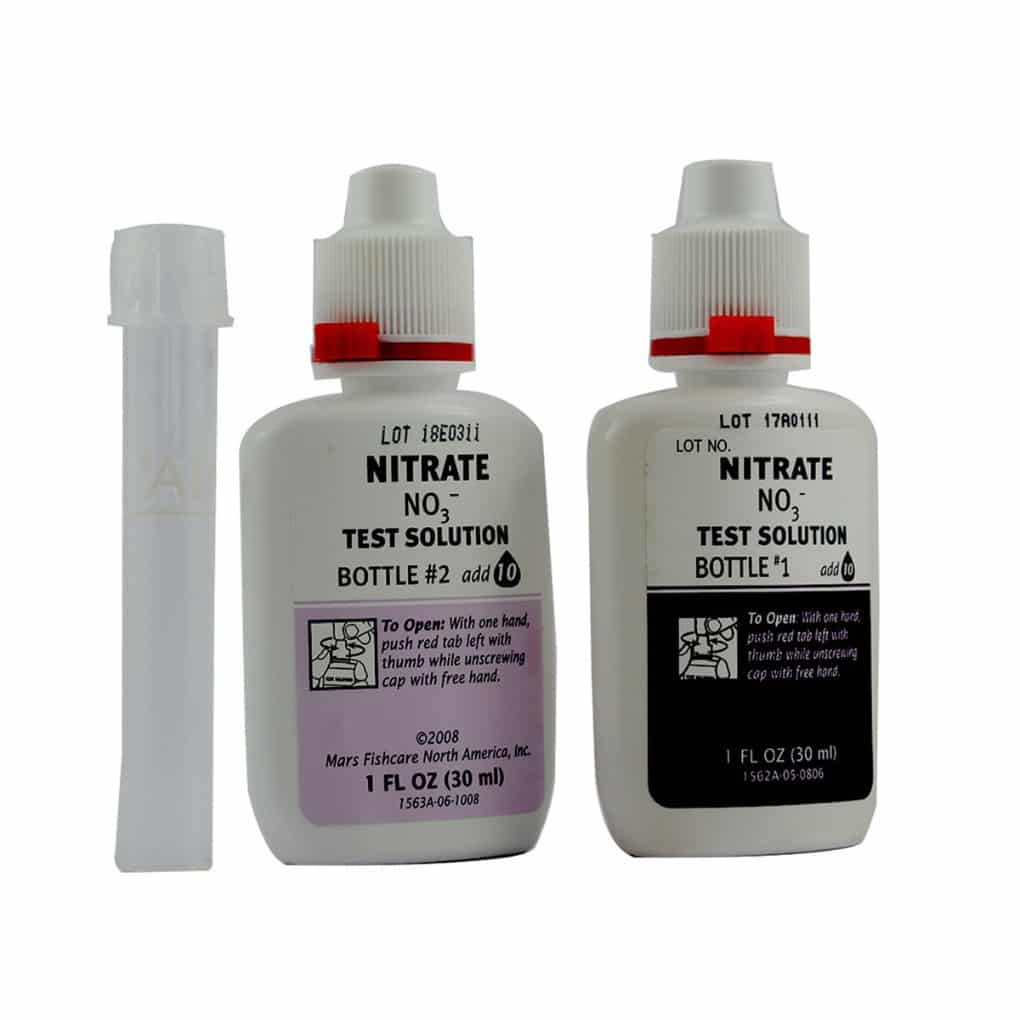
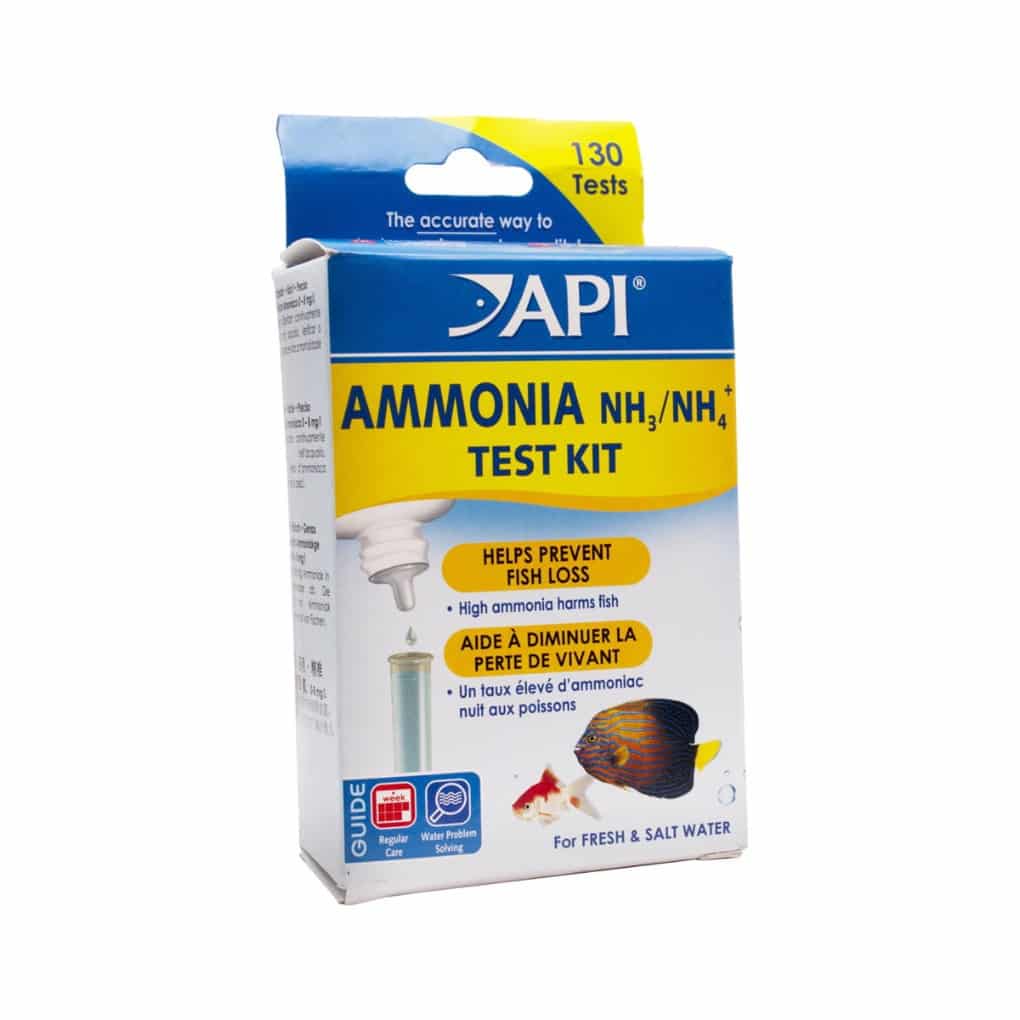

Parshaman Jagadish (verified owner) –